You Need to provide these services for your equine:
- Shelter
- Clean stall/shelter
- *Water at all times*
- Fenced in pasture
- *Feed*
| Equine pasture run-in shelter (Should be faced away from wind and is best suited in a pasture) http://3.bp.blogspot.com/-3AEH_LMWEjE/UYbo8VvLU7I/AAAAAAAAG3I/4p3Eu5IcDGc/s1600/DSC_0275.JPG |
| Straw Bedding in use. https://encrypted-tbn0.gstatic.com/images?q=tbn:ANd9GcTV4iUVp53pD4AMJw2eCOeCAJ0KEdH44MjZ7YHZHgH045PHHISV |
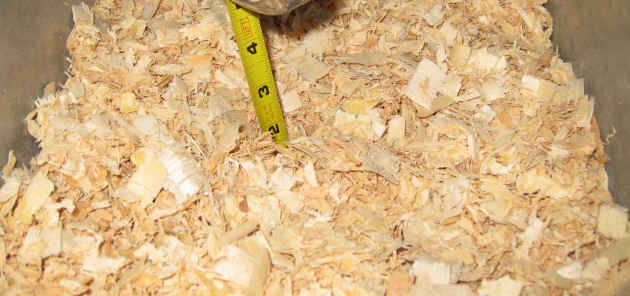 |
| These are shavings http://www.raising-rabbits.com/images/PineShavingsRabbitLitter.jpg |
 |
| Shavings come in a bag. http://www.adenbrook.com/wp-content/uploads/2012/03/9012-traditional-wood-shavings-bale.jpg |
 |
| Fenced in equine pasture (keeps you horse on grass while maintaining safety) http://m2.i.pbase.com/v3/26/574826/1/46895882.EPV0084.jpg
Electric Fencing
http://store.rammfence.com/Images/Electric%20Fencing/12-pro-tek-tape.jpg Vinyl Fencing http://www.allhorsefence.com/IMAG0000.JPG High-Tensile Wire Fencing http://www.yoderfence.com/images/hightensile2.jpg Wire Mesh Fencing http://img.hisupplier.com/var/userImages/2012-06/15/144712780_p_k37_2012_new_stle_high_qualit_wire_mesh_fence_s.jpg
Wooden Post and Rail Fencing
http://store.rammfence.com/Images/Board%20Fence/board-1.jpg
Metal Panel Horse Fencing
http://www.440fence.com/fckeditor/editor/filemanager/connectors/php/bin/Breaking_Pen_1.jpg
*Horses need fencing to keep them in, however there are specific materials that can and cannot be used.
Here is a list of good material and what you CAN use for horse fencing:
*Fencing NOT Suitable for horses are:
T-Posts
https://blogger.googleusercontent.com/img/b/R29vZ2xl/AVvXsEjh0i_5Ck9vsl2cy7l-Ef2wbe_rodU1vsnnlqHbEAv0AbQwf8Fh3ht9QxHd5jLoSZnOWM8dJ4VV7VZ0Y5x0jmXz2Ff52D37Kf-kQ3q5_62FfxJgdPVad5VqexnHE2j5ZnMx1SCZJPP5NyE/s1600/April+2013+009.JPG
You need to find these following services for your equine:
|
- A Veterinary Hospital for health care
- A Farrier for care of feet
- Feed store for grain, hay, dewormer etc...
- Tack store for gear and bandages

Deworming Chart
http://www.myhorsenurse.com/images/Dewormer%20Rotational%20Calendar.png
http://www.aboutyourhorse.com/what-does-floating-teeth-mean-why-it-necessary
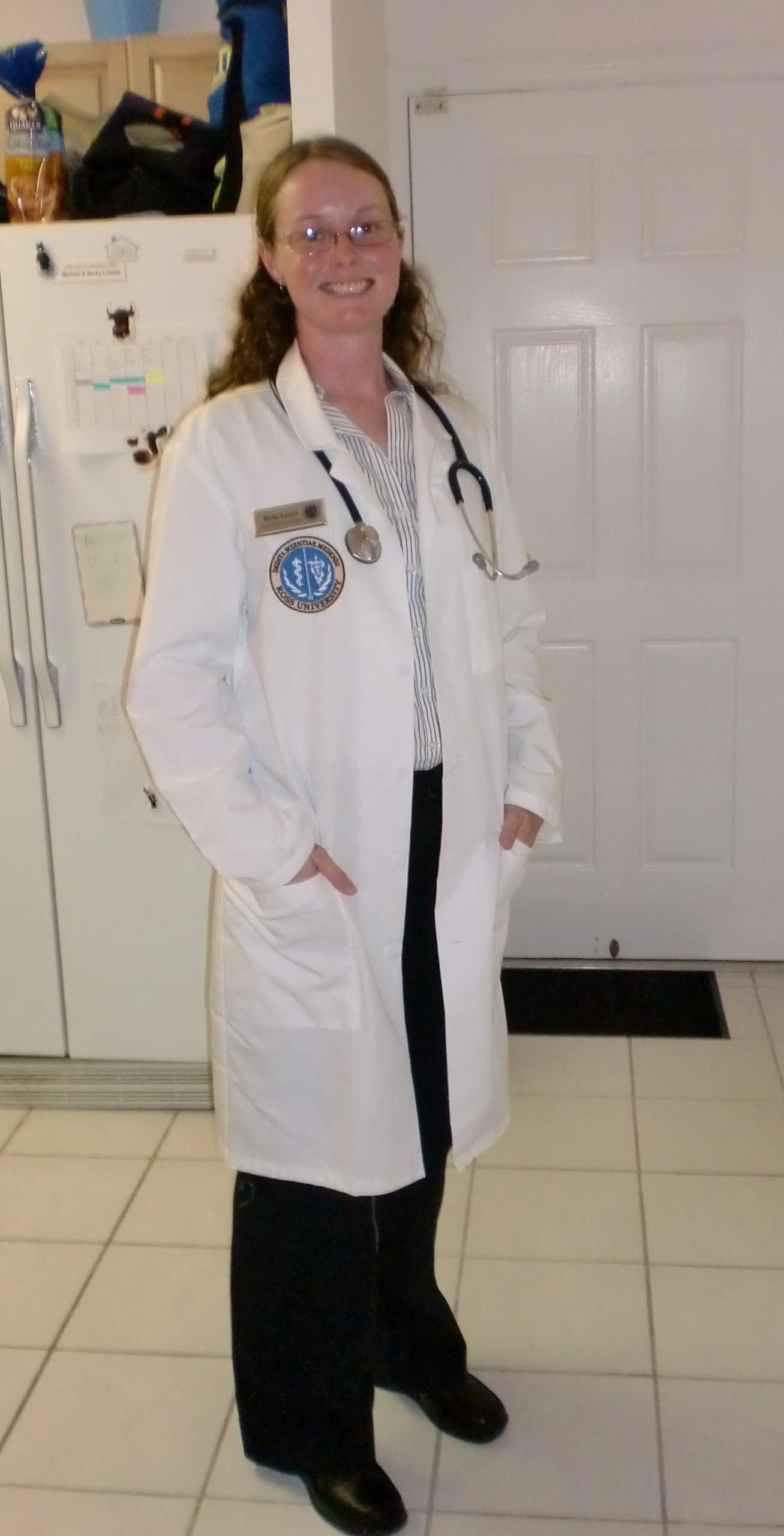 |
What a typical Veterinarian looks likehttps://theadventuresofbecky.files.wordpress.com/2011/01/cimg61051.jpg |
 |
| What a Farrier looks like http://d2dvlr1w1gfn2q.cloudfront.net/-dKCABawwt-4/TjbM4G_a7LI/AAAAAAAChAc/WU2Xn4obK6U/IMG_0067_blur.jpeg?imgmax=800 |
You need to make sure you vaccinate your equines against:
- Tetanus (Toxoid)
- Eastern Equine Encephalitis (EEE)
- Western Equine Encephalitis (WEE)
- West Nile Virus
- Rabies
*As they are the core vaccinations in New England*. Optional Vaccinations are:
- Equine Herpes Virus 1&4 (Rhinopneumonitis)
- Equine Influenza
- Strangles
- Potomac Horse Fever
- Rota Virus
- Lyme Disease
- Equine Viral Arteritis (EVA)
*Should be considered based on geography, herd population, and travel.*
http://newenglandequine.com/New-England-Equine-Vaccination.html
Vaccination Chart
 |
| http://img.docstoccdn.com/thumb/orig/22330409.png |
*IF you want to show your equine you need to get a coggins (Equine Infectious Anemia) test done and show a copy to the show committee.*
*Make sure there are no outbreaks of disease in your area!!!*
If there is an outbreak BOOST your horse's vaccinations IMMEDIATELY!!!!
Keep your horse's feet, coat and weight HEALTHY!!!!
"No hoof=No horse."
Farriers specialize in equine hoof care—caring for animals such as horses and donkeys, but mostly horses. The profession is an old one that stretches back hundreds of years, paralleling the increasing domestication of horses.
Read more at http://www.thefarrierguide.com/farriery-guide/what-does-a-farrier-do/#iF9VexXJLzcUkF7G.99
Farriers:
- Observe horse's hooves for potential lameness issues and intervene to correct, fix or help the problem.
- Trim horse's hooves using tools such as: rasps and nippers to cut away hoof material. Its important to keep your horse's hooves trimmed because it keeps your horse balanced and it also prevents hoof issues such as: clubbed foot, cracks in the hoof, bruising, heel soreness and narvicular.
- Shoe horse's hooves with horseshoes. There are different ways to shod your horse like: hot and cold shoeing (hot=heating up the shoe to ensure the perfect fit, cold=prepared, correct size.)
Types of Special Horseshoes:
- Heart & Bar-covers the frog and increases frog pressure (look back to the Equine Anatomy page.) Often used for horses who have developed laminitis.
- Egg Bar-shaped like an egg, it increases the ground bearing surface of the heel and often used for horses who have/develop narvicular disease.
- Bar-continuous circle that increases the ground bearing surface of the heel.
- Rolled Toe Quarter Tips-assists in the horse's break over action and reduces pressure on the toe.
- Straight Bar-enlarges the ground bearing surface at heels by; forming a bar that runs straight between the two heels, offering support to low heels and protect the set of corn.
- Racing Plates-lighter than traditional shoes and are often made of aluminum.
- Polo-have often been tailored to help reduce the shoe from causing cuts.
*Common Diseases:
- Equine Metabolic Syndrome-This condition most commonly effects horses and ponies classified as "easy keepers." It consists of large fatty deposits, obesity, insulin resistance or high fasting insulin concentrations. If not controlled your horse or pony gets recurrent episodes of laminitis and it will be debilitating to the animal. Once this is officially diagnosed by your veterinarian, diet and exercise plays a crucial role in stopping this from progressing.The owner should soak hay for thirty minuets and feed a concentrated protein with vitamins and minerals. Grain should NOT be fed. Feed them in small quantities. It is suggested to limit grass intake and eat slowly all day than to eat large quantities at one time. On the exercise aspect, owners should give their horses plenty of it, in order to keep obesity to a minimum. There is no known cause and or cure. Keep your horse fit. This is also commonly known as cushings disease.
- Potomac Horse Fever-Is the common name for equine infectious enterocolitis(an inflammatory condition involving the small intestine and colon.) This is caused by the rickettsial organism Neorickettsia risticii. This disease was first reported in Maryland 1979, but presently has been confirmed throughout the United States, Canada and Europe. It has a seasonal occurrence: June through September with most cases in the summer months. Normally associated with close geographical proximity to a body of water. Horses can have any of the following clinical signs: high fever(up 107F,) depression, anorexia(off-feed,) dehydration, diarrhea, colic and laminitis. Horses manifest with signs of colitis(inflammation of the colon.) 1-3 weeks post-infection clinical signs occur. This is a highly infectious disease, and is minimally contagious. Diagnosis of this disease can be difficult. It cannot be detected on a blood smear like others. Treatment commonly requires hospitalization. The horse needs: IV fluids, electrolytes, anti-inflammatory medications, antibiotics, and specific laminitis treatment or prevention therapy. Environmental control and vaccinations prevent this disease.
*A good recipe for homemade bug spray is:
3 cups water
1/4 cup white vinegar
1/4 cup sugar
It makes the bugs leave your horses alone.
(Putting on a fly-mask also helps with fly control.)
 |
| Fly Mask http://www.brighteyesandbobtails.co.uk/acatalog/6658_Durable_mask_ears.jpg |
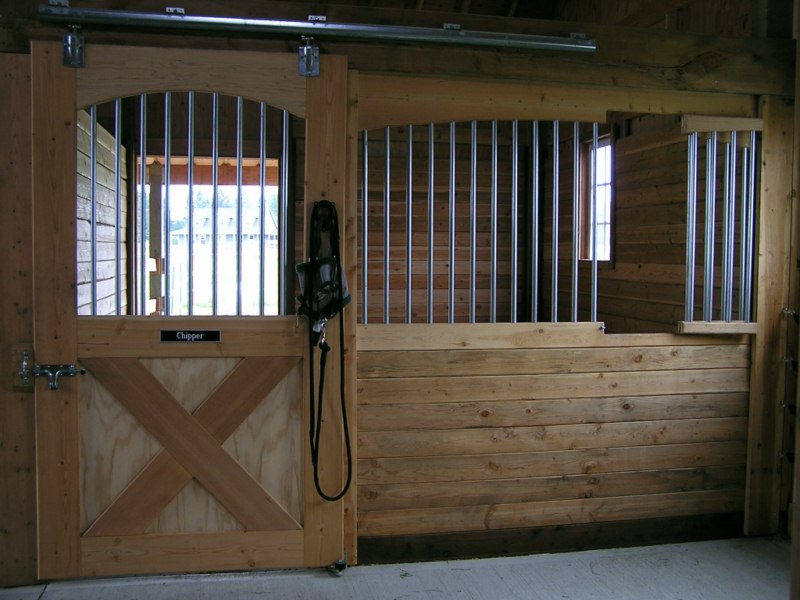

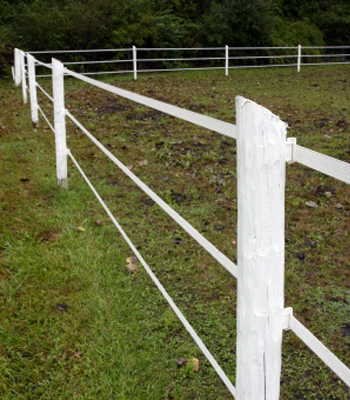


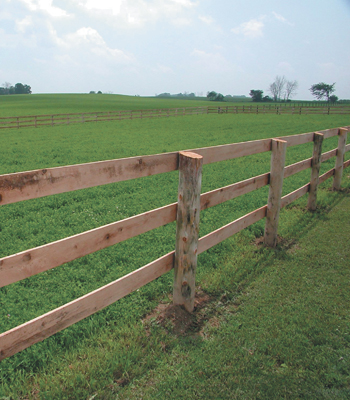



2 comments:
How often does a horse need to see a farrier? Is it once or twice a year, or more than that?
Barbara Barton- A horse should see a farrier typically every 6-8 weeks.
-Caitlyn
Post a Comment